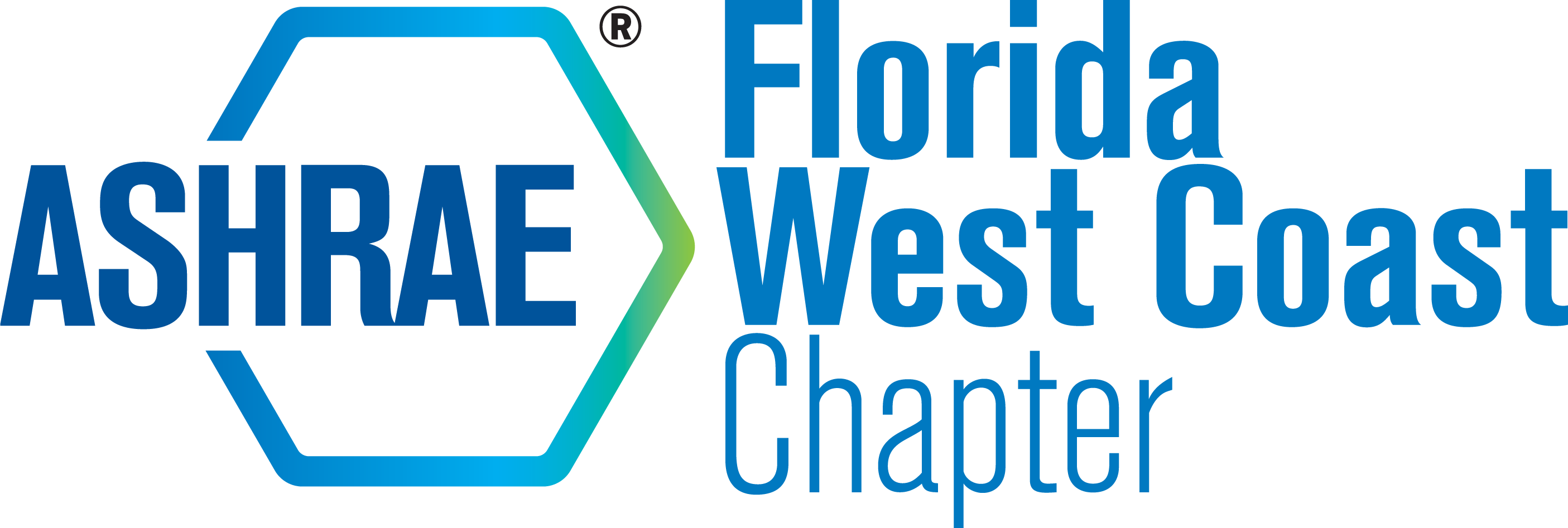Interview with Robert E. Cook
(ASHRAE Fellow, Life Member, Recipient of the Distinguished Service Award and the Standards Achievement Award, and member of the Florida West Coast Chapter)
(Condensed from conversations with Bob Cook, Bob’s Brother, and from notes passed on to our chapter archives in 1995)
By Robert P. Sutton 1996 – Chapter Historian (This historical account was presented April 26, 1996)
Mr. Robert E Cook received his Bachelor of Science in Mechanical Engineering from the University of Minnesota. During W W.II Mr. Cook was in the Army and continued as a Lt. Colonel in the reserves for many years. Much of Bob’s career was with the A.O. Smith Company in Kankakee, Illinois as Director of Product Engineering and Development for the Consumer Products Division.
Bob has been in ASHRAE since 1953 and is a Life Member of ASHRAE and an ASHRAE Fellow. He has worked in the water heating industry for over 30 years and has been actively involved in the development of standards for the water heating industry throughout his career. Bob has served on the Standards Committee of ASHRAE and was chairman of the working group that developed Section 7 – Service Water Heating of the ASHRAE Standard 90-75. He has published articles on water heating equipment design and efficiency improvements, presented an energy efficiency discussion to the Energy Conference in Boston, MA in 1976, and once spoke to the California Energy Resources Board in 1977 regarding the proposed State Energy Efficiency Regulations regarding water heating and ASHRAE Standard 90-75. He also has been a member of ANSI-Z21.1 O-Gas Water Heater Standards technical committee. As a spokesman for the water heating industry he was instrumental in development of energy standards and product design changes, which were extended into the eventual ASHRAE Standard 90-1 that is in, use today. Although he has retired from A.O. Smith he continues to be involved in our industry and is an inspiration to all of us.
Bob recalled that during the early 70’s there was little discussion about energy usage and standby loss of water heaters sold in the United States. Most storage heaters were insulated with fiberglass. Heaters in Europe were being insulated with foam insulation due to higher energy costs and incentives by their governments. Product costs were the prime concern in the U.S. and electricity was relatively inexpensive.
The American Gas Association (AGA) had started to police the industry by calling for standards for testing and efficiency on product literature and product nameplates. Their goal was set at 70% efficiency; however, even the cheapest heaters had no problem meeting this requirement with fiberglass insulation or even no insulation.
Manufacturers were looking for alternative jackets for the water tanks and for more efficient insulation. Although foam provided better insulation it was more for protection of the tank. Many foam-insulated units were produced but they did not sell as quickly due to cost. In addition to jacket insulation, there was some discussion to increase efficiency of gas fired water heaters, but the industry had little incentive to do so since they did not have to publish or disclose their true efficiency. Then, the energy crisis of the early 70’s came about and changed the focus of many manufacturers in the business. There became government incentive programs for water heaters that would be of the lowest initial cost and the lowest operating cost for a 10-year period. Even then foam insulation was not used but double thickness fiberglass was used.
The ASHRAE Standard 90 was introduced in Feb. 1973 and a goal of minimum standards of efficiency was established. The industry argued over the standard but it eventually was passed. Water heater manufacturers had to then represent their efficiency and a minimum of 75% efficiency was set. Many states in the country adopted the standard and the AGA also followed suit with requirements to set efficiency.
Insulation had little effect on efficiency by did affect standby loss. The standard was set for 6 watts per hour per square foot of jacket area. Newer standards today call for even lower standby loss. Alternative insulation methods were being researched in the industry and a combination of fiberglass and foam was suggested by some.
Also, tank heat loss was studied with heat traps on the pipe connections and interestingly it was found to increase heat loss until an insulation type coupling was installed to restore heat loss to the original value.
In 1981, the energy standard ASHRAE 90 was proposed to be updated from the current standard 90-75, but manufacturers strongly argued for changes because the proposed standard actual would increase energy use. This was primarily because the standard would reduce the requirements below the present values and could be easily met by the current product line of most manufacturers, which eventually would result in replacement units, which would be less efficient. Mr. Cook and Mr. Duagirda of Rheem both urged the standards committee to set higher standards. At that time, more than 40 states had adopted the ASHRAE standard and shipments of higher efficiency units were 40 to 50% of the market.
The ASHRAE Standard 90 and the water heater section within it have continued to evolve to include flue dampers, standby loss values, and improved insulation and efficiency. The hard work of people like Bob Cook should be recognized as being historically significant, particularly in light of the competitive nature that invades our industry and promotes justification for lower efficiencies.
Regretfully, at the time of this writing Mr. Cook is in very poor health and our Chapter will be extremely sorrowed by his loss. This year, 1996, ASHRAE Society awarded the “Standards Achievement Award” to Bob for his many years of contribution to the water heating industry and to his extremely dedicated and outstanding work on the behalf of ASHRAE. Bob Cook has been one of those unselfish, silent heroes that has made a difference and has made his mark on our industry. Thank you, Bob Cook.
